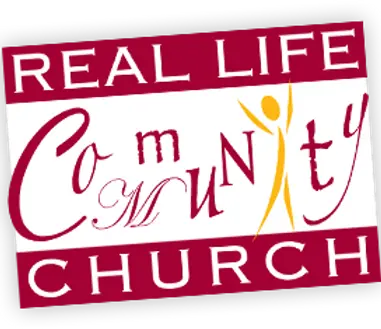What Kind of Soil are You?
- Pastor Rippert Roberts

- Jul 20, 2018
- 3 min read

“Then he told them many things in parables, saying: “A farmer went out to sow his seed. As he was scattering the seed, some fell along the path, and the birds came and ate it up. Some fell on rocky places, where it did not have much soil. It sprang up quickly, because the soil was shallow. But when the sun came up, the plants were scorched, and they withered because they had no root. Other seed fell among thorns, which grew up and choked the plants. Still other seed fell on good soil, where it produced a crop—a hundred, sixty or thirty times what was sown.” — Matthew 13:3–8.
Jesus used many illustrations, or parables, when speaking to the crowds. A parable uses something familiar to describe something unfamiliar. It helps us to understand spiritual truth by using everyday objects and relationships.
Our human ears hear many sounds, but there's a deeper kind of listening that results in spiritual understanding.
When Jesus spoke in parables He was not hiding truth from sincere seekers.
Those who were receptive to spiritual truth understood the illustrations. To others they were only stories without meaning.
This parable told by Jesus is often known as the parable of the sower and the seed. But it can also be said that this is a parable about the soil.All four types of soil are basically the same dirt, but they are in different conditions and respond in different ways to cultivation.
What made one soil more responsive and the other less responsive?
The audiences that Jesus addressed lived in communities that were agriculturally based. Families in this community would each have a section of land to farm. Every farmer’s plot was next to their neighbor’s.
To get to the fields, the farmers would walk along the edges of each field, so they wouldn’t step on the growing plants. This created the “path”. This “path” was used by all the farmers.
After a while, the soil on the path would get packed down and was never plowed or ever fertilized.
In the parable, the seed that is sown on the path is not able to penetrate the ground because of the constant use. The condition of the first soil is hard and resistant.
The second type of soil in the parable is the “rocky” places” or the shallow soil where the plow didn’t cut deeply enough to break up the hard ground just below the surface. This soil produced only plants with weak, shallow roots.
The third type of soil mentioned is the thorny soil, most likely found in the corners of the field where the plow couldn’t reach; here, weeds overtook what was planted.
All the types of soils mentioned here are in the same plot of ground with one major difference:
Only one area was fully yielded to cultivation, to being changed and prepared for planting. That area was called the good soil.
The greatest amount of fruit produced was not determined by how rich the soil was, but how yielded to the plow it was. The soil in each condition received seed, but not all produced quality fruit.
The four types of soil represent different responses to God’s message. People respond differently because they are in different states of readiness. Some are hardened, others are shallow, others are contaminated by distracting worries, and some are receptive.
How is God's word taking root in your life? What kind of soil are you?
We all receive seed, the Word of God. Everyone has potential for the harvest, the potential of living a fruitful life, but the ones who will produce the most fruit will be the ones most open to cultivation.
Application:
How we apply this passage is by asking the questions:
Can I be “cultivated” in my life? How correctable am I?
How quickly do I repent?
Can I self-correct?
The greater your yielding to God’s cultivation the greater the capacity of your fruitfulness in life.
Prayer
Father, create in me a soft heart, an open heart that is readily yielded to your Word and your commands. Make me fruitful, I pray. Amen.





